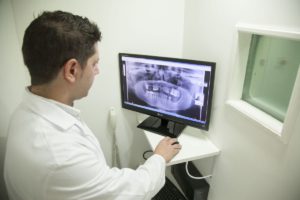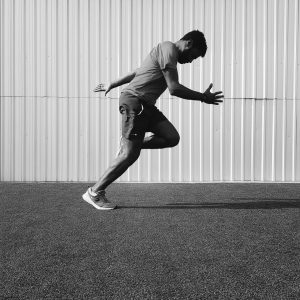
A breast reduction procedure can be a life-changing experience for many women. Since the surgeon’s knife often leaves scars, many women are looking for ways to minimize their appearance. Normally, incisions from breast reduction surgery (reduction mammoplasty) take several weeks to heal, after which, it normally form scars. The scar building comes with an itching sensation that is unbearable to many patients.
When if you give in to the temptation and scratch these incisions, they might not heal properly. Most surgeons will provide you with a recommendation on the best ways to recover during post-surgery. But start with looking at breast reduction before and after photos so you have an idea of what the end result might look like! But in case you forgot or want more tips – below are some ways of taking care of your scars.
Why Do Patients Undergo Breast Reduction Procedures?
Women with plus size breasts might be attractive, but they might not be happy about their shapes. When they step in front of the mirror every day, the way their clothes fit reminds them of their great-looking but sometimes annoying shapes. Sometimes, this natural endowment might be an embarrassment to their physique. It’s a common feeling for many women with plus size breasts.
The daily struggles of carrying a heavy bust, and having to lift them while showering are convincing reasons for some women to reduce their sizes. Additionally, macromastia can be a painful experience for ladies with large breasts. Usually, these pains extend to tissue and parts of the body around the breast. It might distort their sleep patterns and physical activities. Also, their undergarments for breast support might lacerate their skin because of regular usage.
For many women, the biggest concern about having breast reduction procedures isn’t money. Instead, what gives some of them second thoughts are the scars that will appear on their breast, and lasts forever. Usually, plastic surgeons will provide counsel to these patients, and assure them of a smooth recovery. After breast reduction surgery, the patient will need proper care to start the healing process.
How to Avoid Long Scars
The short-scar technique by surgeons can help a patient during breast reduction surgery. To ensure shorter scars, surgeons must make smaller incisions. However, this technique is often done for women people with sagging breasts. Also, it’s advisable to use it for minimal and moderate breast reductions. However, people might argue that short-scar techniques for breast reduction aren’t very effective for a new cup size breast.
The basic technique of short-scar reductions involves vertical incisions. Surgeons make two incisions to reduce excess skin tissues and fat. While the first incision goes around the areola, the second starts from the base of the areola. Also, the second incision extends to the breast crease for a reshaping job. At this point, the surgeon is almost done with the breast reduction process.
Post-care Tips For Reducing Scars
To reduce the appearance of scars from breast surgery, the incisions must be covered with bandages and allowed to heal. Usually, healing of the outer surface takes a few weeks. During post-care, patients can use special surgical (compression) bra for accelerated healing of the inner tissues.
The patients must reduce any form of stress on breast tissues during post-care. Don’t lift any load over your head, and mind how your arms move. Many scar-minimizing tips are suitable for reduction mammoplasty.
Your plastic surgeon may recommend multiple scar-reducing tips like massages. When you apply a proper scar massage procedure, skin tissues around incisions will become supple. The process is a simple circular movement of the palm around these incisions for at least 15 minutes. It can be done three times each day and after two weeks of surgery.
Medical tapes can reduce the size of a breast reduction scar. Normally, the appearance of scars reduces over a period after you tape surgical wounds. Silicone gels are soft sheets that are placed around the breast reduction incisions. While the gel hydrates the wound bed, the patient needs to apply this technique for more than six months for a satisfactory effect.







